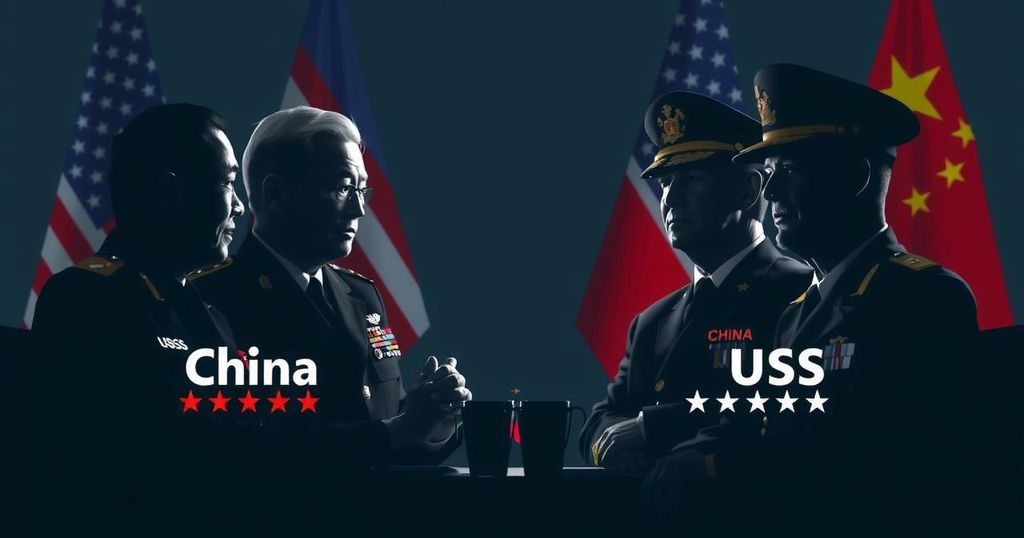U.S.-China Military Exchanges Heighten Amid Political Tensions
Summary
Amidst escalating tensions, the United States and China are stepping up military communications, highlighted by an upcoming visit by General Wu Yanan to Hawaii, following recent Pentagon engagement in Beijing. Despite positive interactions, analysts caution that these exchanges may not sufficiently address underlying political tensions in key areas such as Taiwan and the South China Sea.
In a notable development amid ongoing geopolitical tensions, high-level military exchanges between the United States and China have escalated. Recent events include an anticipated visit from General Wu Yanan, head of China’s Southern Theater Command, to Hawaii next week, occurring shortly after Michael Chase of the U.S. Defense Department attended a defense conference in Beijing. Analysts suggest these visits are integral to enhancing military communications between the two superpowers, though uncertainties remain regarding their efficacy in mitigating misunderstandings and managing tensions in the Indo-Pacific region. To mark this renewed dialogue, Admiral Sam Paparo, the U.S. Indo-Pacific Command leader, and General Wu participated in a significant video conference—reportedly the first in several years—where Paparo urged China to reconsider its aggressive tactics, particularly in the South China Sea. As military officials engage more robustly, including Chase’s discussions at the annual Xiangshan Security Dialogue and previous meetings between senior U.S. and Chinese arms, an increased focus on establishing sustainable communication mechanisms is evident, according to experts. However, some political analysts voice skepticism about whether military communications alone can alleviate deeper political issues, particularly concerning Taiwan and the South China Sea, which continue to strain U.S.-China relations. With upcoming U.S. elections, the political landscape may shift approaches towards these military exchanges, bolstering stability or further complicating future engagements based on the election outcomes.
The backdrop of U.S.-China military interactions is marked by increasing tensions over territorial disputes, particularly in the South China Sea and around Taiwan. The recent history of dialogue seeks to preempt escalations resulting from political disagreements by fostering direct communication channels between respective military leaders. The administration’s strategy aims to solidify military-to-military ties following a series of high-level meetings between officials from both countries, signaling an effort to drive engagement even amidst ongoing disputes.
In conclusion, while the recent military exchanges signal a potential thaw in U.S.-China relations, the true effectiveness of these dialogues in reducing tensions remains to be seen. Future developments will likely hinge on ongoing political contexts, particularly in light of the forthcoming U.S. presidential election, which may shape the trajectory of bilateral communications and military relations in the region.
Original Source: www.voanews.com








Post Comment